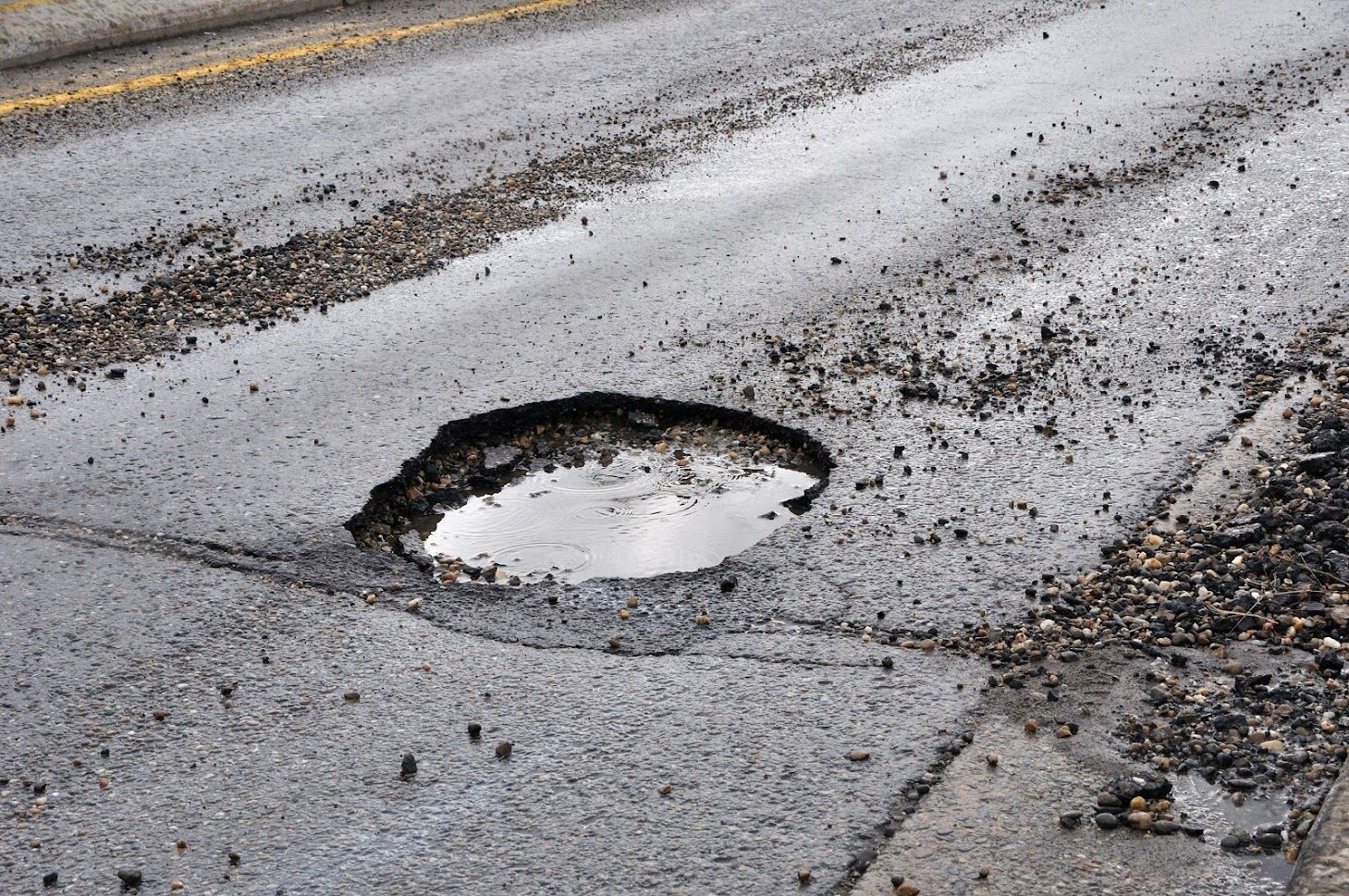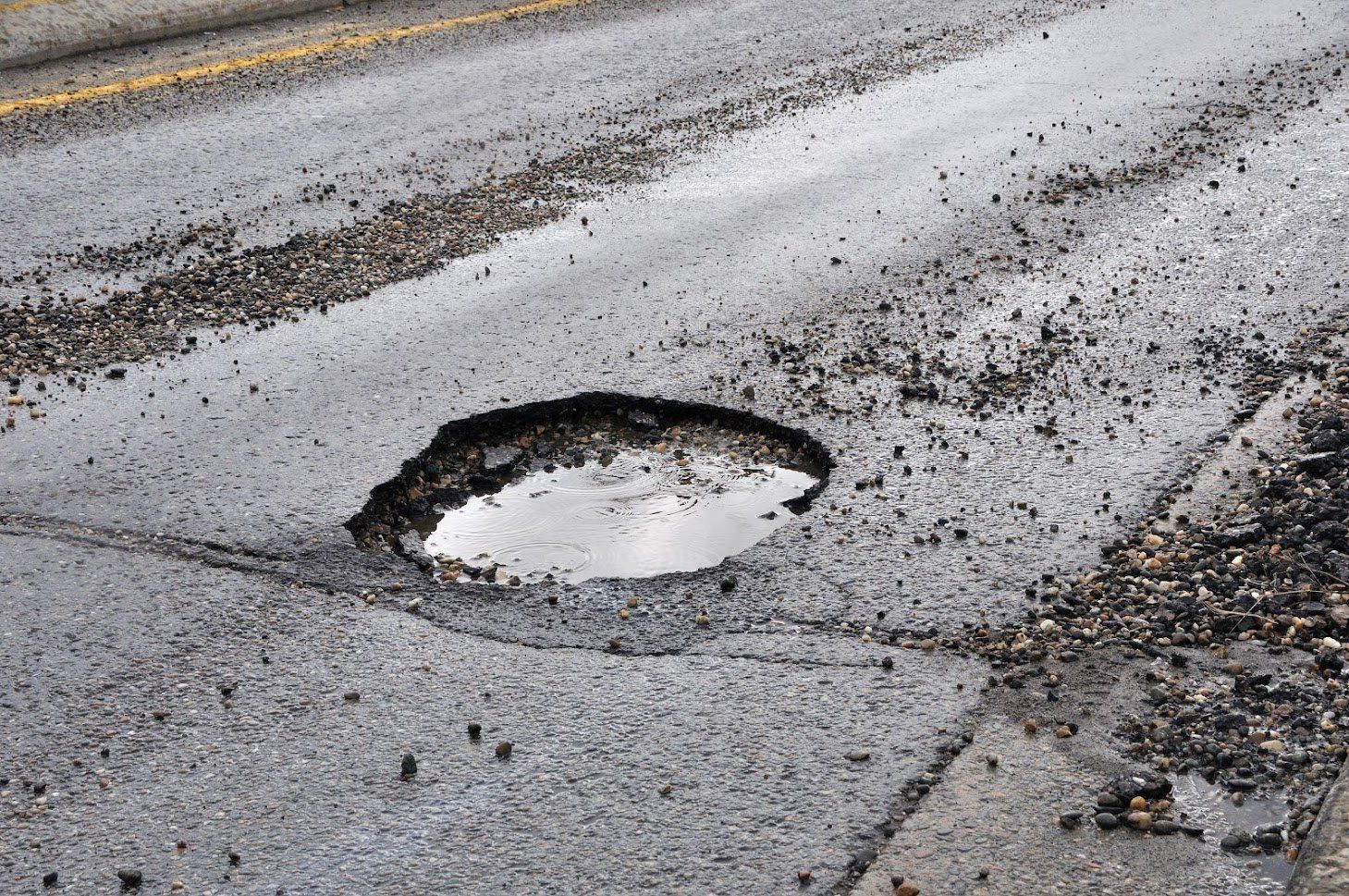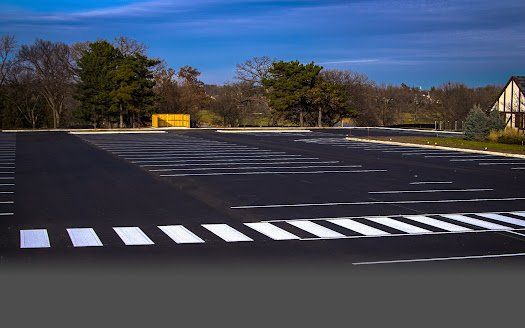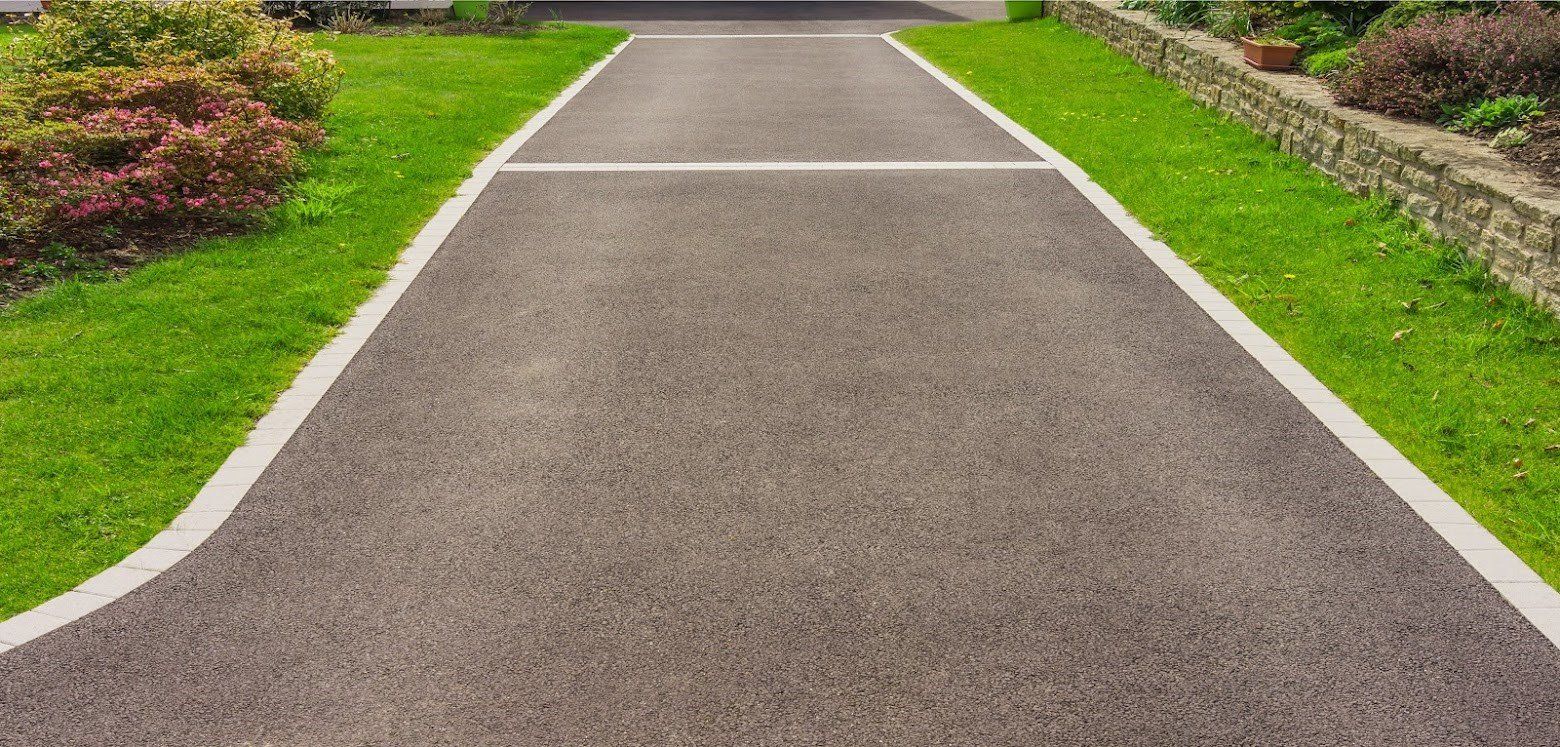Licensed & Insured for Your Protection Since 1979
Common Asphalt Damage and Solutions
Asphalt is popular for use in parking lots, driveways, and roads because of its durability and value for money. While asphalt has numerous positive features, it is not indestructible. Sometimes asphalt has problems. The major problem may be the sheer variety of damage the asphalt can sustain over time.
You can save a lot of time and money by recognizing problems early and fixing them right away. The following are the most common asphalt pavement problems and how to resolve them.
Longitudinal Cracks
Asphalt longitudinal cracks, also known as linear cracks, are long cracks running parallel to the pavement's centerline or slightly off-center in the direction of asphalt application. Linear cracks may result from various factors, including:
- Pavement fatigue
- Asphalt shrinkage
- Wear and tear
- Poorly constructed joints
Longitudinal cracks are easily repaired by patching or sealing the area. Patching or sealing prevents water from seeping into the subgrade and causing additional damage. On the other hand, large cracks may require removing the asphalt and replacing it with an overlay.
Alligator Cracks
Alligator cracks, also known as fatigue cracks, get their name from the many small crack patterns that resemble alligator skin. Fatigue cracks form when the asphalt base weakens. The cracks may also suggest poor drainage or too little pavement thickness.
Since alligator cracks may result from structural flaws, repair requires complete patching. Patching will strengthen and restore the surface's integrity.
Raveling
Raveling occurs when aggregate particles separate from the asphalt surface. In addition to roughening the road surface, raveling reduces skid resistance, and the loose gravel poses a safety hazard to motorists.
Raveling can happen for many reasons, one of which is the incorrect mixing of asphalt aggregate.
As raveling primarily affects the surface of the asphalt, repair may require an overlay treatment to smooth and seal the road.
Edge Cracks
Edge cracks develop in close proximity to the asphalt's outer edge, parallel to the road. Several factors contribute to edge cracking, including inadequate drainage, poor edge support, and poor sub-base quality. Trees and shrubs nearby can also cause edge cracks when they grow close to the surface, lifting the asphalt.
To remedy edge cracks, you may need to remove all growth and debris, improve drainage, and apply crack sealant. Reconstructing the edge to solve support problems may also help with the cracking.
Potholes
Potholes are among the most common asphalt damage. Potholes are bowl-shaped holes in the asphalt layer that penetrate all the way through to the base. In addition to causing serious vehicle damage, potholes can pose a trip hazard to pedestrians.
Potholes occur when previous pavement damages, such as alligator cracks, worsen. The cracks allow water or dirt to enter the crack gaps, making them larger until pieces of asphalt become dislodged entirely as a result of weather conditions and vehicle loading.
The repair type depends on the pothole's size, depth, and severity. Patching with infrared energy, spray patching, or removing and repaving asphalt are some options.
Depressions
Asphalt depressions are areas with a lower elevation than the surrounding surfaces. The depressions do not penetrate the asphalt.
Depressions in asphalt may indicate weak spots or a faulty structural foundation. Poor construction or a system that supports too much weight might be to blame.
Repairing asphalt depressions requires removing the affected area and replacing the subgrade. A full-depth patch follows the subgrade repair.
Damage to asphalt is always possible. Consequently, proper maintenance is essential to prevent asphalt damage from forming and spreading. Early detection is the best prevention. For more information about asphalt pavement problems and how to fix them properly to prevent further damage, contact us at J& B Asphalt & Paving today.
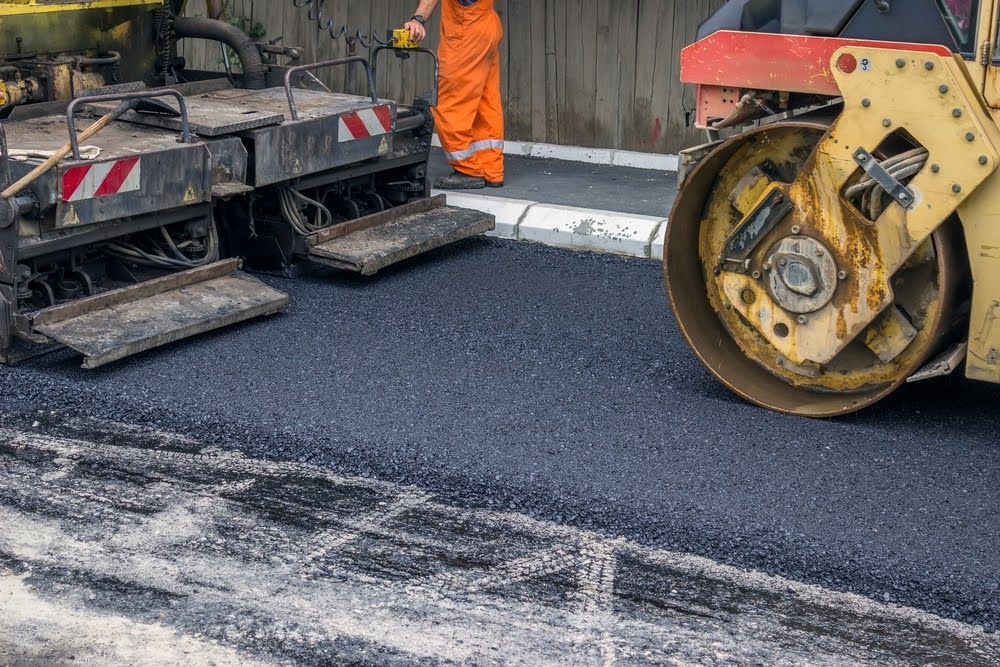
Address: 800 E 101st Ter. Ste 350 Kansas City, MO 64131 | Phone: (816) 241-2750 | Email: info@jandbasphalt.com
Hours of Operation
- Monday
- -
- Tuesday
- -
- Wednesday
- -
- Thursday
- -
- Friday
- -
- Saturday
- -
- Sunday
- -






ACH




